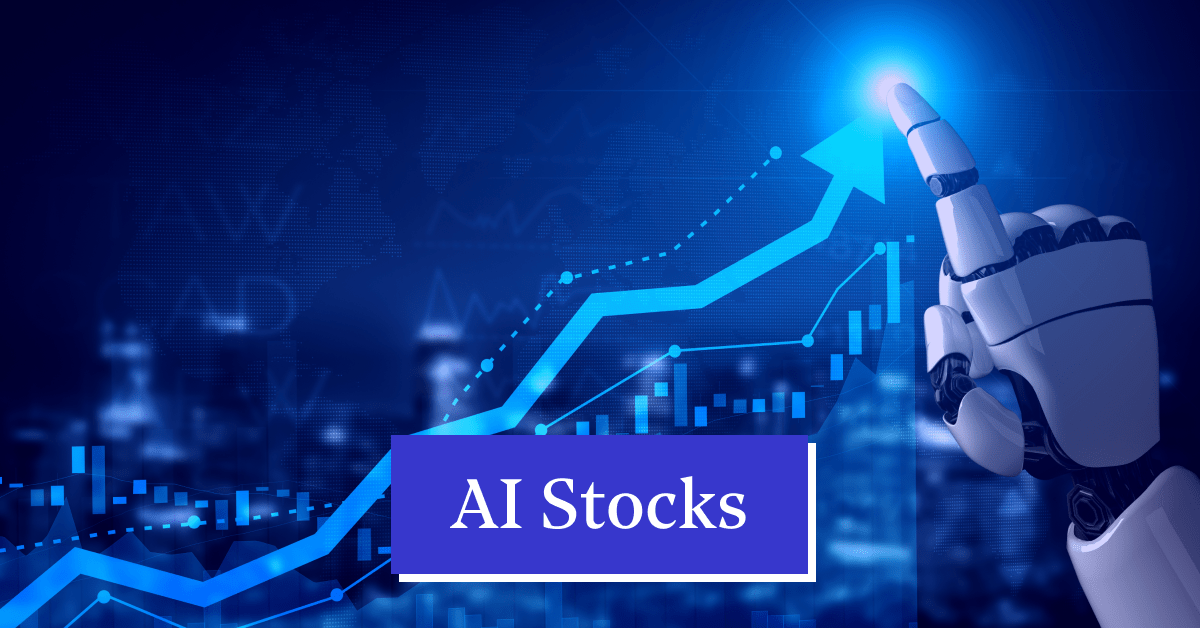20 Best Facts For Choosing AI Stock Predicting Websites
20 Best Facts For Choosing AI Stock Predicting Websites
Blog Article
Top 10 Tips For Evaluating The Ai And Machine Learning Models Of Ai Platform For Analyzing And Predicting Trading Stocks
In order to obtain accurate, reliable and useful insights it is essential to check the AI models and machine learning (ML). Models that are poorly designed or overhyped can lead to flawed forecasts as well as financial loss. Here are 10 top suggestions to assess the AI/ML capabilities of these platforms.
1. Find out the intent and method of this model
Cleared objective: Define the model's purpose whether it's for trading on short notice, putting money into the long term, analyzing sentiment, or a risk management strategy.
Algorithm disclosure: Determine if the platform discloses which algorithms it uses (e.g. neural networks or reinforcement learning).
Customization: See whether the model is tailored to your specific investment strategy or risk tolerance.
2. Review the Model Performance Metrics
Accuracy: Check the model's prediction accuracy. However, don't solely rely on this measurement. It can be misleading regarding financial markets.
Precision and recall - Evaluate the model's ability to identify true positives and minimize false positives.
Risk-adjusted returns: Determine the likelihood that the model's predictions will result in profitable trades after accounting for the risk (e.g., Sharpe ratio, Sortino ratio).
3. Test the model by Backtesting
Backtesting your model with historical data allows you to test its performance against prior market conditions.
Testing outside of sample: Test the model with the data it was not trained with to prevent overfitting.
Scenario Analysis: Examine the model's performance under different market conditions.
4. Make sure you check for overfitting
Signals that are overfitting: Search for models that perform extraordinarily well with data training but poorly on data that isn't seen.
Regularization techniques: Verify whether the platform is using techniques such as L1/L2 regularization or dropout to prevent overfitting.
Cross-validation is a must for any platform to use cross-validation when assessing the generalizability of the model.
5. Assess Feature Engineering
Relevant Features: Check to see whether the model includes meaningful features. (e.g. volume, price, technical indicators as well as sentiment data).
Features selected: Select only those features that have statistical significance. Avoid redundant or irrelevant information.
Updates to dynamic features: Determine whether the model adapts in time to new features or to changing market conditions.
6. Evaluate Model Explainability
Interpretation: Make sure the model has clear explanations of the model's predictions (e.g. SHAP values, importance of features).
Black-box platforms: Be wary of platforms that use too complex models (e.g. neural networks deep) without explanation tools.
User-friendly Insights: Verify that the platform offers actionable insight in a format traders are able to easily comprehend and utilize.
7. Examine the adaptability of your model
Market shifts: Determine that the model is able to adjust to market conditions that change (e.g., changes in regulations, economic shifts, or black swan occasions).
Continuous learning: Make sure that the platform is regularly updating the model by adding new information to enhance the performance.
Feedback loops. Be sure your model takes into account feedback from users and actual scenarios to enhance.
8. Examine for Bias during the election.
Data bias: Make sure the training data you use is accurate to the market and without biases.
Model bias: Find out whether the platform monitors and mitigates biases in the model's predictions.
Fairness: Ensure the model doesn't unfairly favor or disadvantage particular sectors, stocks, or trading styles.
9. Evaluate the efficiency of computation
Speed: See whether you can predict by using the model in real time.
Scalability: Determine if the platform is able to handle large datasets with multiple users, without any performance loss.
Resource usage: Examine to make sure your model is optimized for efficient computational resources (e.g. GPU/TPU utilization).
Review Transparency, Accountability and Other Questions
Documentation of the model: Ensure that the platform provides detailed documentation on the model's architecture and the process of training.
Third-party audits : Confirm that your model has been validated and audited independently by third parties.
Error Handling: Check if the platform has mechanisms to detect and correct errors in models or malfunctions.
Bonus Tips
User reviews and cases studies Review feedback from users to gain a better understanding of how the model works in real-world situations.
Trial period: Use the demo or trial version for free to check the model's predictions and the model's usability.
Support for customers - Make sure that the platform you choose to use is able to provide a robust support service in order to resolve problems related to model or technical issues.
If you follow these guidelines, you can assess the AI/ML models used by stock prediction platforms and make sure that they are accurate, transparent, and aligned with your goals in trading. See the top additional reading on ai trading for site advice including investment ai, ai investment stock, ai chart analysis, trading with ai, ai stock trading bot free, ai investing tools, ai trading platform, ai investment platform, ai bot for copyright trading, best ai stocks to buy and more.
Top 10 Tips On Assessing The Updates And Maintenance Of Ai Stock Predicting/Analyzing Trading Platforms
To ensure AI-driven stock trading platforms and prediction platforms remain safe and efficient, they must be maintained and updated regularly. Here are the 10 best tips to assess their update and maintenance procedures:
1. Updates Frequency
Tips: Find out how often your platform is updated (e.g. monthly, quarterly or weekly).
What is the reason? Regular updates indicate an active and rapid development as well as the ability to respond to market trends.
2. Transparency is a key element in the Release Notes
Tips: Read the release notes for your platform to learn about any changes or improvements.
Why: Transparent Release Notes reflect the platform’s commitment for continuous improvement.
3. AI Model Retraining Schedule
Tip: Find out how often AI models have been retrained with new data.
Why? Markets evolve and models need to adapt to remain relevant and accurate.
4. Bug Fixes, Issue Resolution
Tips Determine how fast a platform can address bugs reported by users or fixes technical issues.
The reason: The platform will be solid and functional if bugs fixes are carried out promptly.
5. Updates on security
TIP: Make sure the security protocols of the platform are updated regularly to safeguard the user's data and trading transactions.
Why? Cybersecurity is important in financial platforms, to prevent fraud.
6. Integration of New Features
Tips: Check if there are any new features added by the platform (e.g. advanced analytics, data sources, etc.) in response to feedback from users or market trends.
Why? Feature updates are an indication of innovation and responsiveness towards the needs of users.
7. Backward Compatibility
Tip: Make sure that the updates you install do NOT need major reconfigurations or interrupt current functionality.
Why: Backwards compatibility provides users with a smooth experience during transitions.
8. Communication with Users During Maintenance
Find out how your platform informs users of scheduled maintenance and downtime.
Why is that clear communication builds trust and minimizes disruptions.
9. Performance Monitoring and Optimization
Check to see if your platform is constantly checking performance metrics, such as latency and accuracy and if it is optimizing its system.
The reason: Continuous optimization is essential to ensure that the platform's efficiency.
10. The compliance with regulatory Changes
Check if the platform has been updated with its policies and features in order to be compliant with any new data legislation or regulations regarding financial transactions.
Reasons: Regulatory compliance is essential to avoid legal risks and preserve user trust.
Bonus Tip User Feedback Integration
Make sure that the platform is actively incorporating user feedback into updates and maintenance. This shows a user-centric approach and commitment to improvement.
You can evaluate these aspects to make sure you are choosing a platform for AI prediction of stocks and trading that is up-to date, well-maintained and able to adapt to the ever-changing dynamics of the market. Have a look at the top ai stock market tips for blog advice including ai stock trading app, ai copyright signals, ai trade, best ai for stock trading, best stocks to invest in, ai stocks, ai stock predictions, stock analysis app, trade ai, ai stock predictions and more.